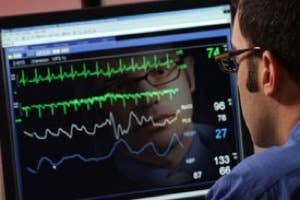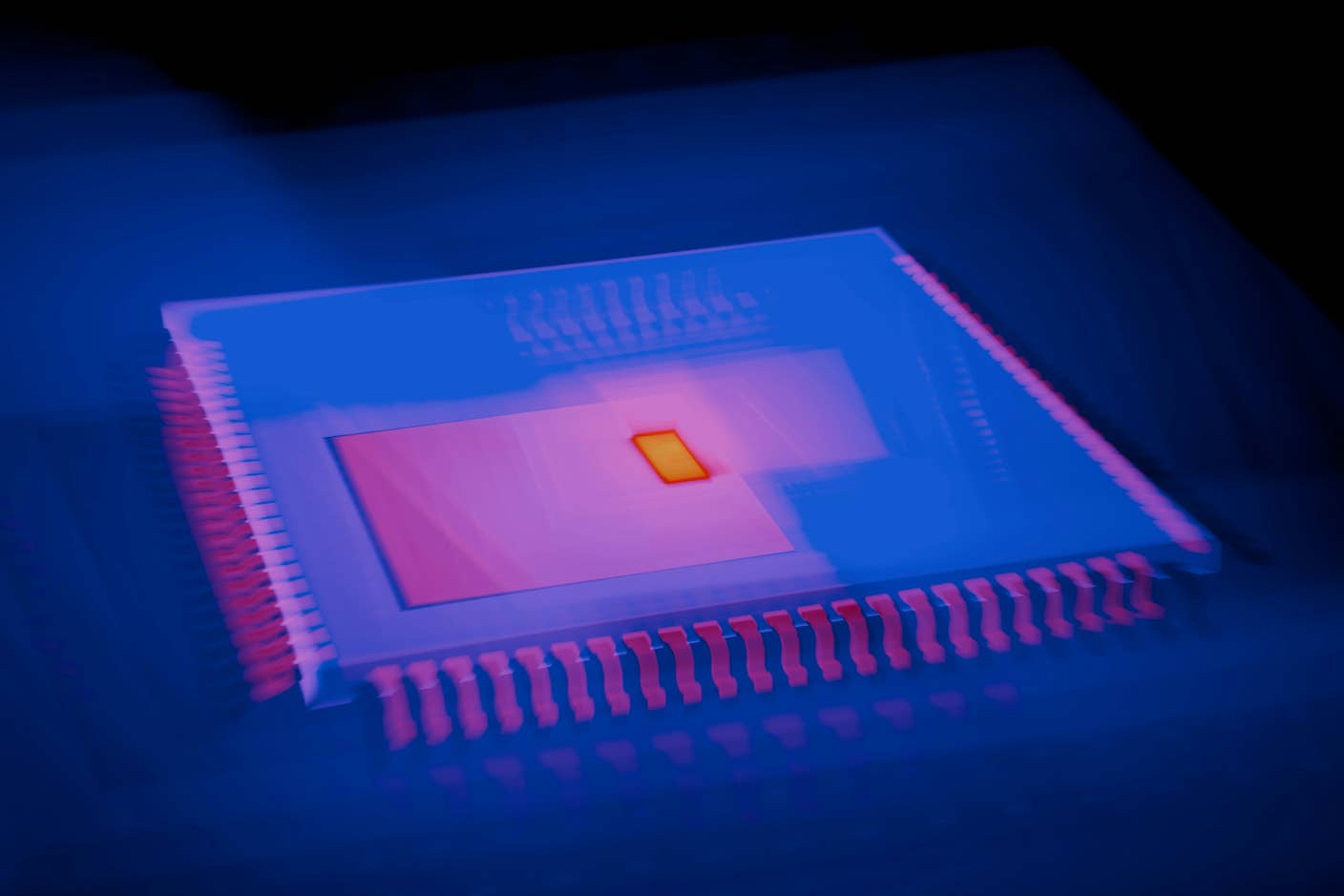Your Next Doctor Could Save Your Life From Hundreds Of Miles Away
Through this two-way communication tele-intensivists can aid local intensivists by helping to enforce the patient’s daily goals, review their performance with them and respond to alarms if, as if often the case, the local doctor has been called away.

Share
![[Source: Wikipedia]](https://singularityhub.com/wp-content/uploads/2013/04/imageB.jpg)
[Source: Wikipedia]
Collaborating with colleagues through a telepresence robot, taking notes while the teacher lectures to your avatar while you remain comfortably at home, and receiving a prescription from a doctor you’ve only met on a video screen are all realities today. But certainly caring for the critically ill and their need for immediate attention still requires face-to-face, hands on interaction, right?
Wrong. Right now about 10 percent of ICU beds in the US are monitored in part from an off-hospital site. And the number of sites using remote monitoring are on the rise, increasing exponentially over the past 5 to 7 years. Tele-ICU monitoring involves satellite-linked video and communications links to electronic records so that the distant intensivists – doctors that specialize in intensive care – can watch over the patient in real-time, 24 hours a day. A video camera operates on-demand to observe the patient and communicate with them via a microphone and speakers. Through this two-way communication tele-intensivists can aid local intensivists by helping to enforce the patient’s daily goals, review their performance with them and respond to alarms if the local doctor has been called away.
Special medical devices such as tele-stethoscopes and tele-otoscopes allow for heartbeat and ear exam data to be transmitted simultaneously over the internet, and intensivists can enter orders for diagnostics, medications and other procedures into a computer which are then sent to the hospital. Some systems even have setups that allow family members patients speak with intensivists. The appeal of tele-ICUs is their potential to, through a more efficient, centralized system, improve patient care and reduce costs.
![Tele-ICUs are staffed with intensive care doctors, called intensivists, nurses and other support staff to monitor and communicate with patients 24/7. [Source: Philips Healthcare]](https://singularityhub.com/wp-content/uploads/2013/04/image1A5.jpg)
Tele-ICUs are staffed with intensive care doctors, called intensivists, nurses and other support staff to monitor and communicate with patients 24/7. [Source: Philips Healthcare]
One example of a tele-ICU is the monitoring center atop a New York skyscraper not far from Grand Central Station. From there doctors monitor patients in intensive care units from New Jersey to Florida. The center, run by the Netherlands-based Philips Electronics, developed software for the system that has since been adopted by other tele-ICUs. In addition to continuously monitoring patient data, the software, called eICU, purportedly detects problems even before they occur.
Be Part of the Future
Sign up to receive top stories about groundbreaking technologies and visionary thinkers from SingularityHub.


But not all ICUs are suited to remote monitoring. Kaleida Health, a hospital system based in Buffalo, and NewYork-Presbyterian Hospital both shut down their tele-ICU systems after two year trials. Other hospitals in Kentucky, Texas and Michigan similarly abandoned attempts to tele-monitor ICU patients, eventually reverting back to conventional bedside monitoring.
While there is some data that shows tele-ICUs do work – one study cites a 40 percent decrease in mortality – the bulk of these studies, the New York Times reports, are carried out by the very hospitals that are using and trying to promote the service. Studies conducted by independent parties within the past five years, however, do not support an improvement of survival rate, length of stay or complications. Moreover, these studies show that tele-ICUs increase costs to the hospitals they’re supposed to be helping.
Tele-ICU advocates argue that lack of success is due more to poor implementation and the unwillingness of ICU doctors at bedside to yield control to intensivists at the monitoring center. Doctors, understandably, are hesitant to put their trust in other doctors they know little about.
As a 2011 editorial in the Journal of the American Medical Association makes clear, we’re far from a consensus as to whether or not tele-ICUs are good for hospitals or not. Which makes perfect sense – not all hospitals are run the same way or have the same needs. And as the technology evolves, and acceptance of telemedicine as a whole spreads, more hospitals will continue to give tele-ICUs a chance. And being the healthcare professionals they are, they’ll only keep it if it’s good for them.
Peter Murray was born in Boston in 1973. He earned a PhD in neuroscience at the University of Maryland, Baltimore studying gene expression in the neocortex. Following his dissertation work he spent three years as a post-doctoral fellow at the same university studying brain mechanisms of pain and motor control. He completed a collection of short stories in 2010 and has been writing for Singularity Hub since March 2011.
Related Articles

This Light-Powered AI Chip Is 100x Faster Than a Top Nvidia GPU

Hugging Face Says AI Models With Reasoning Use 30x More Energy on Average

Study: AI Chatbots Choose Friends Just Like Humans Do
What we’re reading